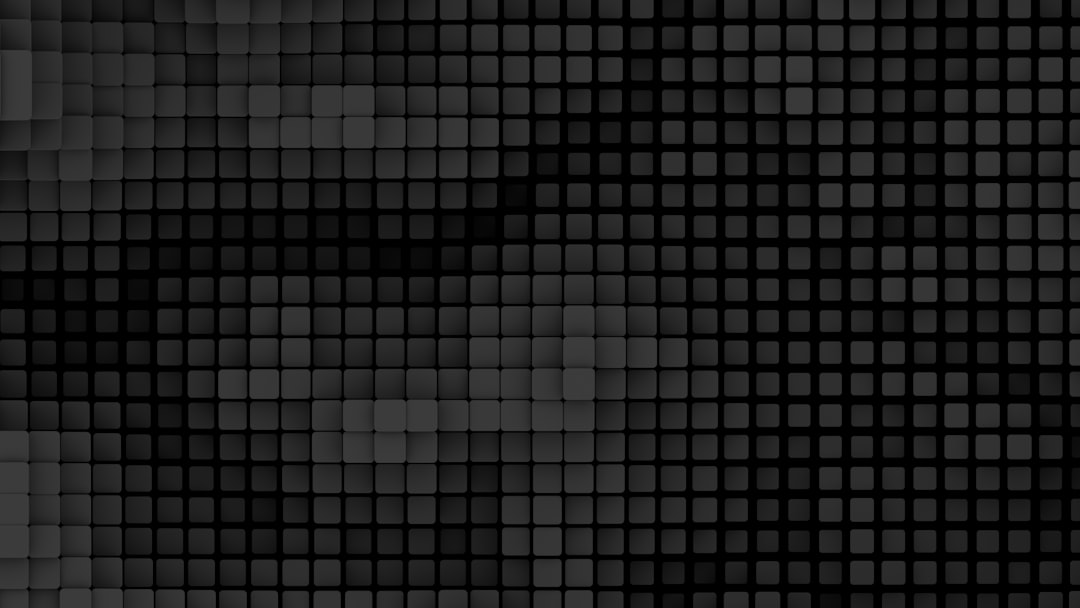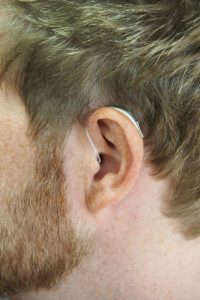
Images are everywhere online. They make websites look good, grab attention, and tell stories fast. But not all image formats are created equal. Some are large and slow down your site. Others are fast but not widely supported. Enter HEIC and WebP—two image types that are changing the game.
What is HEIC?
HEIC stands for High Efficiency Image Coding. It’s used mostly on Apple devices. When you take a photo with a recent iPhone, it’s probably saved as a HEIC file.
Why? Because HEIC files are small in size but keep high quality. This makes sense for phones—it saves space without losing image detail.
But there’s a small problem:
- Not every browser supports HEIC.
- Many websites can’t display it properly.
So, what can web developers do? That’s where WebP comes in.
Say Hello to WebP
WebP is a modern image format developed by Google. It’s built for the web. It’s light. It’s fast. And it works on almost every browser you can think of.
Here’s why WebP is amazing:
- Smaller file size compared to JPG and PNG.
- Faster loading of web pages.
- Supports transparency and animations.
In short, WebP is optimized for the web. That’s why more developers are converting HEIC images to WebP before showing them online.
Why Converting HEIC to WebP is a Big Deal
Imagine this: You run a travel blog. You upload great-looking HEIC photos from your iPhone. But your audience can’t see them because their browsers don’t support the format. Ouch!
But if you convert those HEIC files to WebP?
- Your site loads faster.
- Your images display properly across devices.
- Your visitors stay longer and are happier.
That’s a huge win.
Faster Conversions = Better User Experience
Time is money. And on the web, time is attention. Nobody likes a slow page. Large images are major culprits of slow websites.
With faster HEIC to WebP conversions, you can:
- Reduce image sizes by up to 50%.
- Decrease page load times dramatically.
- Keep your images looking great and crisp.
And that leads to better performance all around.
How to Convert HEIC to WebP
So how do you actually do this? Good news — it’s easier than you think.
1. Use Online Tools
- Try websites like Convertio, CloudConvert, or iLoveIMG.
- Just upload your HEIC files and download them as WebP.
- Great for quick, small batch conversions.
2. Use Software Tools
- Mac users can automate this using Shortcuts or Preview.
- Windows folks can try XnConvert or IrfanView.
- These let you convert many images in one go. That’s handy!
3. Use Code
If you’re a developer, code is your best friend.
# Example using Python and Pillow
from PIL import Image
import os
file = "photo.heic"
output = "photo.webp"
with Image.open(file) as img:
img.save(output, "WEBP")
This method is super-fast and customizable. Great for websites that handle a lot of images.
Automation is King
Say you’re running an online shop. You get new images every day from your photographers who use Apple devices. All HEIC.
Manually converting each one? No thanks. That’s a full-time job.
Automate the process! With custom scripts or digital asset management tools, you can:
- Watch a folder for HEIC files.
- Convert them to WebP automatically.
- Upload the final images to your website, ready to go.
This creates a smooth workflow and saves hours of manual work.

What About Quality?
Let’s talk about the fun part—how good do these images look?
WebP strikes a great balance. It keeps file sizes small but the image quality high. Most users won’t notice a difference between a HEIC and WebP image. In fact, WebP often looks better than JPEG!
You can also choose settings when converting:
- Lossy: Higher compression, smaller files, slightly lower quality.
- Lossless: Bigger files, but perfect quality.
Choose whichever works best for your needs.
Tips for the Best Conversion
Want to get the most out of your HEIC to WebP switch? Try these ideas:
- Always resize images before uploading. No need to upload a 4000-pixel-wide photo if your site only uses 800 pixels.
- Adjust compression ratio to find your balance of speed and quality.
- Use a content delivery network (CDN) to serve the images fast worldwide.
- Test on different browsers and devices to be sure it all works smoothly.
The Future Is Fast and Light
As the web evolves, users expect speed. Image sizes can be a silent killer for user experience. By converting HEIC to WebP, you’re giving your site a boost.
You’ll make it:
- Faster
- Cleaner
- Better for SEO
So don’t wait until your bounce rates rise. Start converting!
Final Thoughts
HEIC is great for storing images on phones. WebP is perfect for showing them online. When you bring them together with fast, easy conversions, you get a site that’s light, fast, and future-ready.
Whether you’re running a blog, portfolio, shop, or news site—speed matters. And smart image formats are part of the solution.
So take those HEIC files, run them through a converter, and enjoy a smoother, faster web.
Your visitors will thank you.






